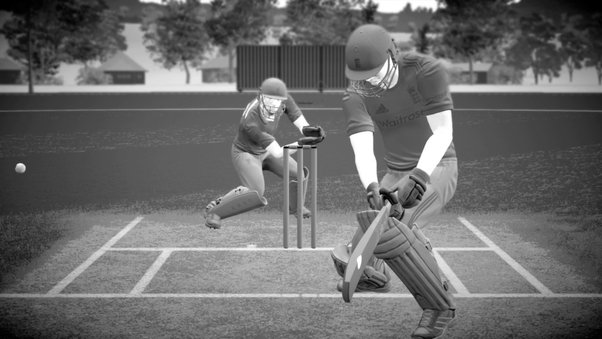Hotspot Technology in Cricket: Mechanics, Function, and Role in DRS Umpiring
Hotspot is a specialized thermal imaging technology utilized in professional cricket as a key component of the Decision Review System (DRS). Its fundamental purpose is to provide objective evidence of contact between the ball and the batter’s body, bat, or pad by detecting and visually representing the heat generated by friction upon impact. By isolating this thermal signature, Hotspot significantly assists the Third Umpire in adjudicating controversial dismissal appeals.

Hotspot Technology in Cricket
Mechanics and Operation of the Hotspot System
Hotspot relies on military-grade infrared cameras positioned strategically around the ground to capture and analyze thermal energy during the course of a delivery.
The Infrared Imaging System
- Camera Placement: The technology typically employs two infrared cameras installed high up, usually on the straight boundaries above the sightscreens at either end of the ground.
- Front-on Footage: Due to the complexity of the equipment, the Third Umpire only uses the camera positioned to capture the action front-on (the camera facing the striker). As the two batters change ends at the conclusion of each over, the active camera switches accordingly.
- Heat Detection: The infrared camera does not capture visible light; instead, it detects and measures heat friction. When the cricket ball—travelling at high speed—makes contact with any object (wood, leather, or flesh), the friction generates a momentary heat signature.
Visual Confirmation
When reviewing a delivery, the third umpire uses the Hotspot footage. If contact has occurred, the area of impact appears as a bright white spot on the image. This precise visual confirmation allows the official to determine exactly where the ball struck the batter’s equipment or person, aiding the final decision.
When and Why Hotspot is Used in Decision Making
Hotspot is utilized under the DRS protocol specifically to resolve ambiguities concerning contact, playing a crucial role in two primary modes of dismissal.
Adjudicating Caught Appeals
Hotspot is invaluable when reviewing appeals for Caught dismissals, particularly Caught Behind the Wicket or by close-in fielders.
- Confirming the Edge: The Third Umpire uses the thermal image to check for a distinct white mark on the face or edge of the bat or on the batter’s glove. If a bright spot is detected, it confirms a “nick” or edge, providing conclusive evidence that the ball struck the bat, and the on-field decision can be upheld or overturned accordingly.
Assisting LBW Decisions
The technology is also a critical preliminary step in reviewing Leg Before Wicket (LBW) referrals.
- First Contact Check: Under the LBW law, a batter cannot be given out if the ball strikes the bat before the pad. The Third Umpire first uses Hotspot to check for any contact with the bat. If a mark is found, the appeal is immediately overturned to Not Out. If no mark is found, the review proceeds to ball tracking (Hawk-Eye) to determine the ball’s trajectory towards the stumps.
Hotspot is also used by broadcasters for analytical purposes, providing insightful visual evidence of where and how contact occurred, even when a review is not formally requested by the teams.
Hotspot vs. Sound-Based Detection Technologies
Hotspot operates on fundamentally different principles than its main technological rivals used in DRS, which provides both advantages and disadvantages.
The Difference from Snicko and UltraEdge
Hotspot is a heat-based system, while the Snickometer (Snicko) and UltraEdge are sound-based detection systems that rely on highly sensitive microphones to record audio spikes generated by contact.
- Hotspot Advantage (Visual Proof): Supporters of Hotspot argue that its ability to provide visual proof of contact is superior, as it confirms where the ball struck. This visual evidence helps to filter out extraneous noise.
- Sound System Issues: Sound-based systems can occasionally be triggered by irrelevant noises, such as the bat scraping the ground, the batter’s feet shuffling, or even the air passing very close to the edge of the bat (a “phantom snick”). Hotspot is immune to these acoustic disturbances.
Criticism and Limitations
Despite its unique advantages, Hotspot faces criticism due to its high operational cost (making it less widely deployed) and occasional, high-profile failures to register clear contact.
Specifically, faint or ‘feathered’ edges sometimes fail to generate sufficient heat friction to leave a visible mark on the infrared camera, leading to inconclusive reviews where the on-field decision must stand.
This inconsistency has led to debatable decisions, even at the highest levels of international competition, maintaining the complexity of officiating close calls. Sources

Rivcky John
A prominent figure in sports journalism for the last two decades. Cricket Analyst & Writing News, Features, Match Previews/Reviews/Reports, And Opinion Pieces on Cricket. You can connect with him on Facebook also.
